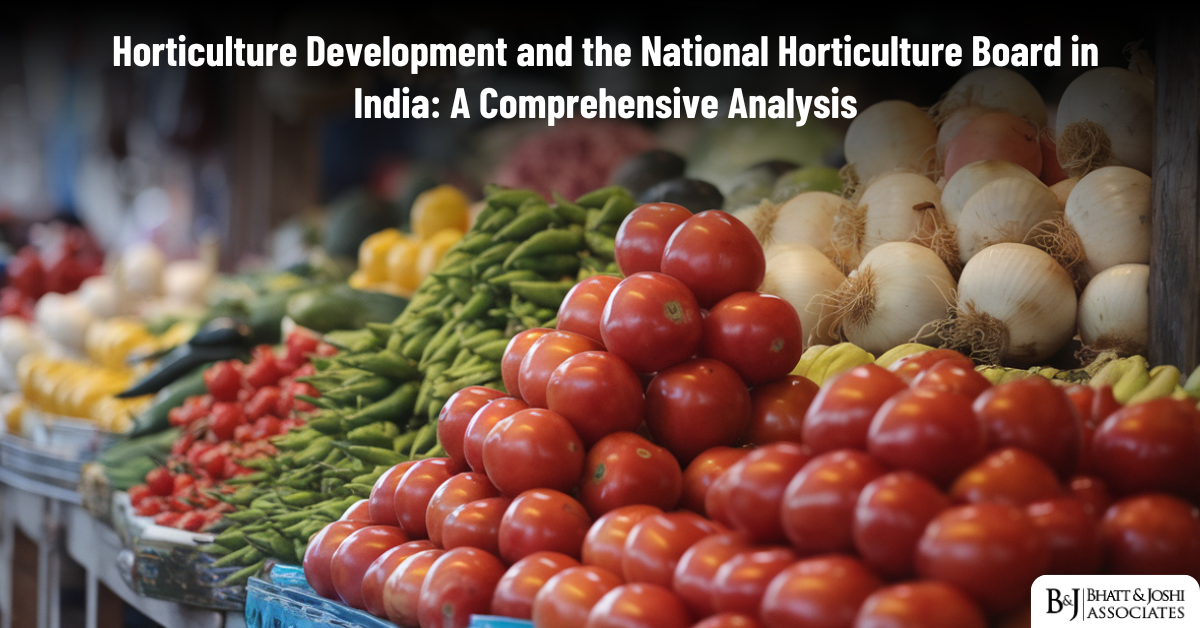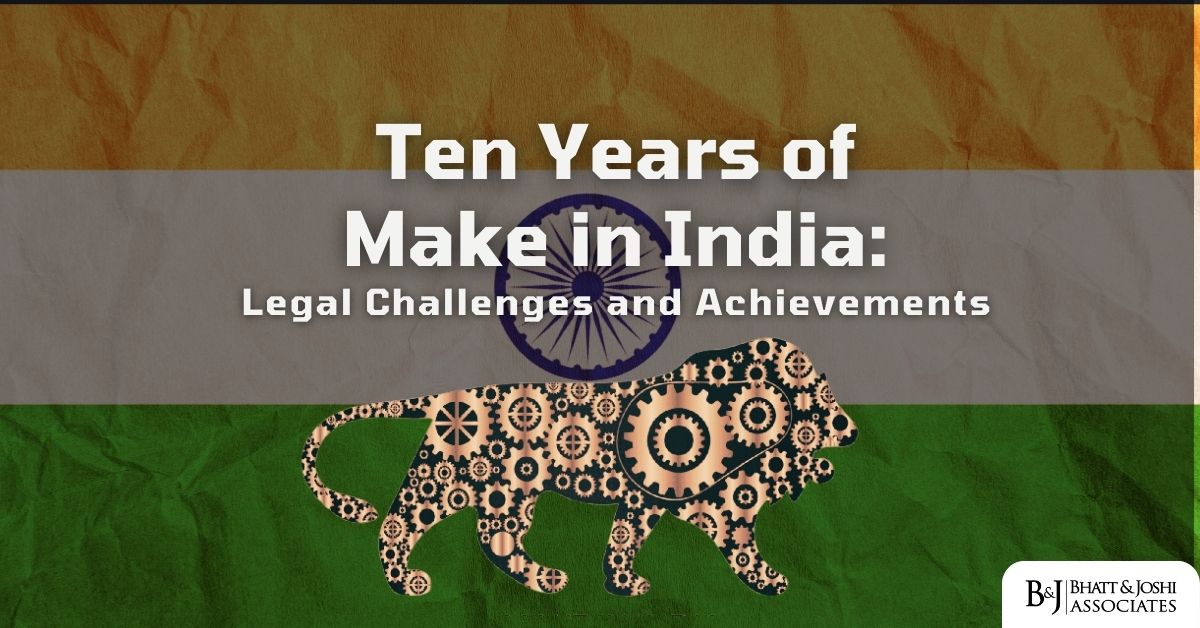Introduction
Horticulture has emerged as a key driver of growth in India’s agriculture sector, contributing significantly to food security, nutrition, and economic development. The sector encompasses a wide range of crops including fruits, vegetables, flowers, spices, medicinal and aromatic plants. With its diverse agro-climatic conditions, India has the potential to produce a vast array of horticultural crops, making it the second-largest producer of fruits and vegetables globally. At the forefront of harnessing this potential and addressing the sector’s challenges is the National Horticulture Board (NHB). This article delves into the multifaceted aspects of horticulture development in India, exploring the historical evolution of the sector, the establishment and role of the NHB, and the regulatory framework that governs this vital industry.
Historical Context and Evolution
The history of horticulture in India is as old as its civilization, with references to fruits and vegetables found in ancient texts and archaeological evidence. However, the systematic development of the horticulture sector began in the post-independence era, as the government recognized its potential for improving nutritional security and increasing farmers’ income.
The early years of horticulture development focused primarily on increasing production through the introduction of improved varieties and better cultivation practices. The 1960s and 1970s saw the establishment of key institutions like the Indian Council of Agricultural Research (ICAR) and its various crop-specific research institutes, which played crucial roles in developing and disseminating new technologies for horticultural crops.
The 1980s marked a significant shift in focus towards horticulture, with the government recognizing its potential for diversifying agriculture and enhancing farmers’ income. This period saw the launch of several initiatives aimed at promoting horticulture, including the establishment of the National Horticulture Board in 1984.
The 1990s and 2000s witnessed rapid growth in the horticulture sector, driven by changing dietary habits, increased awareness about nutrition, and growing export opportunities. This period also saw the emergence of new challenges, including issues related to post-harvest management, quality standards, and market access.
The turn of the millennium brought new opportunities and challenges for Indian horticulture. Globalization opened up new export markets, but also increased competition and raised concerns about food safety and quality. Climate change emerged as a significant threat to horticultural production, necessitating the development of resilient varieties and sustainable production practices.
The National Horticulture Board: Establishment and Mandate
The National Horticulture Board (NHB) was established in 1984 as an autonomous society under the Ministry of Agriculture and Farmers Welfare, Government of India. The Board was set up with the primary objective of promoting integrated development of horticulture in the country.
The mandate of the NHB, as outlined in its Memorandum of Association, includes:
Promoting integrated development of horticulture in the country. Enhancing horticulture production and productivity. Improving post-harvest management and marketing of horticultural produce. Promoting exports of fresh and processed horticultural produce. Providing technical advisory services for implementation of horticulture development programs. Promoting technology development and transfer for horticulture crops.
These objectives underscore the comprehensive role envisioned for the NHB in nurturing and modernizing the horticulture sector.
The NHB’s approach to horticulture development is multifaceted, encompassing various aspects from production to marketing. The Board works closely with state governments, research institutions, and other stakeholders to implement its various programs and schemes.
Regulatory Framework
The regulatory framework governing the horticulture sector in India is complex, involving multiple laws, rules, and regulations at both the central and state levels. While the NHB plays a crucial role in policy formulation and implementation, several other regulatory mechanisms are in place to ensure quality, food safety, and sustainable development of the sector.
The Food Safety and Standards Act, 2006
This Act provides the overarching legal framework for food safety in India, including fruits, vegetables, and other horticultural products. It establishes the Food Safety and Standards Authority of India (FSSAI) as the apex body for regulating the food sector. Key provisions related to the horticulture industry include:
Setting standards for fresh and processed horticultural products. Regulating the use of pesticides and other chemicals in horticulture production. Ensuring safety and quality of imported horticultural products.
Section 16(1) of the Act states:
“Notwithstanding anything contained in any other law for the time being in force, the Food Authority shall have the duty to regulate and monitor the manufacture, processing, distribution, sale and import of food so as to ensure safe and wholesome food.”
This provision underscores the comprehensive regulatory approach to ensuring food safety, including in the horticulture sector.
The Agricultural Produce (Grading and Marking) Act, 1937
This Act provides for the grading and marking of agricultural and horticultural produce. It enables the central government to prescribe grade designations for various agricultural commodities, including fruits and vegetables. The Act states in Section 3(1):
“The Central Government may, after previous publication, by notification in the Official Gazette, make rules fixing grade designations to indicate the quality of any scheduled article.”
This provision has been instrumental in establishing quality standards for horticultural produce, facilitating both domestic and international trade.
The Fruit Products Order, 1955
Issued under the Essential Commodities Act, 1955, this Order regulates the production and distribution of processed fruit products. It sets standards for various fruit products and regulates the licensing of processing units.
Key Case Laws Shaping the Horticulture Sector in India
The horticulture sector has been subject to various legal disputes and interpretations over the years, reflecting the complex interplay of agricultural, environmental, and economic interests. Some significant case laws include:
Madhya Pradesh Kisan Sangh vs. State of Madhya Pradesh & Ors. (2017)
This case dealt with the issue of Minimum Support Price (MSP) for horticultural crops. The Madhya Pradesh High Court observed:
“While the government has the discretion to decide on MSP for various crops, it cannot be arbitrary in its approach. The decision must be based on scientific criteria and should take into account the cost of production and reasonable returns to farmers.”
This judgment highlighted the need for a balanced approach in pricing policies for horticultural crops, considering both farmer interests and market realities.
Common Cause vs. Union of India & Ors. (2016)
This case addressed the issue of pesticide residues in fruits and vegetables. The Supreme Court emphasized the need for stricter regulation, stating:
“The right to food encompasses not just availability but also quality and safety. It is incumbent upon the state to ensure that fruits and vegetables available to consumers are free from harmful pesticide residues.”
This judgment underscored the importance of food safety in horticulture and led to enhanced monitoring and regulation of pesticide use in the sector.
The Role of NHB in Horticulture Development
The National Horticulture Board has played a pivotal role in shaping horticulture sector in India since its inception. Its activities span several crucial areas:
- Production and Productivity Enhancement: The NHB supports the adoption of improved varieties and cultivation practices through various schemes and programs. This includes promoting protected cultivation technologies like greenhouses and shade nets, which have revolutionized the production of high-value horticultural crops.
- Post-Harvest Management: Recognizing that post-harvest losses are a significant challenge in horticulture, the NHB has been at the forefront of promoting modern post-harvest technologies. This includes supporting the establishment of cold storage facilities, ripening chambers, and pack houses.
- Market Development: The Board has been instrumental in developing market infrastructure for horticultural produce. This includes supporting the establishment of terminal markets and promoting e-trading platforms for fruits and vegetables.
- Export Promotion: The NHB plays a crucial role in promoting exports of Indian horticultural products. This includes providing market intelligence, supporting participation in international trade fairs, and facilitating the adoption of international quality standards.
- Technology Development and Transfer: The Board supports research and development activities in horticulture and facilitates the transfer of technology to farmers. This includes organizing training programs, demonstrations, and exposure visits for farmers and entrepreneurs.
- Database and Information Services: The NHB maintains a comprehensive database on various aspects of horticulture, providing valuable information to policymakers, researchers, and industry stakeholders.
These multifaceted interventions by the NHB have been crucial in enhancing the productivity and competitiveness of India’s horticulture sector, addressing various challenges faced by farmers and entrepreneurs.
Recent Developments and Initiatives
In recent years, the horticulture sector has witnessed several significant developments, many of which have been supported or facilitated by the National Horticulture Board:
- Focus on Cluster Development: There has been an increased emphasis on developing crop-specific clusters to achieve economies of scale and improve market linkages. The NHB has been supporting the development of these clusters through various interventions.
- Promotion of Organic Horticulture: Recognizing the growing demand for organic produce, there has been a push towards promoting organic horticulture. The NHB has been supporting farmers in the transition to organic cultivation practices and facilitating certification.
- Use of Technology: The sector has seen growing adoption of technology, including the use of drones for crop monitoring, precision farming techniques, and the application of artificial intelligence in disease detection and yield prediction.
- Emphasis on Protected Cultivation: There has been a significant increase in the area under protected cultivation, particularly for high-value vegetables and flowers. The NHB has been at the forefront of promoting these technologies through various support schemes.
- Focus on Exotic and Underutilized Fruits: Recognizing the potential of exotic fruits in both domestic and export markets, there has been increased attention to promoting the cultivation of crops like dragon fruit, avocado, and kiwi.
Challenges and Future Prospects of Horticulture Sector in India
Despite its growth and potential, the horticulture sector in India faces several challenges:
- Climate Change: Changing climate patterns affect crop productivity and quality, posing risks to horticultural production.
- Water Scarcity: Many horticultural crops are water-intensive, and increasing water scarcity poses a significant challenge to sustainable production.
- Post-Harvest Losses: Despite improvements, post-harvest losses remain high, affecting farmers’ incomes and food security.
- Quality and Food Safety: Ensuring consistent quality and meeting stringent food safety standards, particularly for exports, remains a challenge.
The National Horticulture Board and related policy initiatives are addressing these challenges through various measures:
- Climate-Resilient Horticulture: Promoting the development and adoption of climate-resilient varieties and cultivation practices.
- Water-Efficient Technologies: Encouraging the adoption of micro-irrigation systems and other water-saving technologies in horticulture.
- Strengthening Cold Chain Infrastructure: Continued focus on developing a robust cold chain network to reduce post-harvest losses and improve market access.
- Quality Improvement: Promoting Good Agricultural Practices (GAP) and supporting farmers in obtaining quality certifications.
Conclusion: The Path Forward for Horticulture Sector in India
The horticulture sector in India, with its rich diversity and significant economic impact, continues to evolve under the guidance of the National Horticulture Board and related regulatory mechanisms. The sector’s journey from a subsistence activity to a commercially vibrant industry reflects the broader transformation of Indian agriculture.
The National Horticulture Board, through its multifaceted interventions, has played a crucial role in this transformation, supporting millions of farmers and contributing to nutritional security and export earnings. As the industry moves forward, the NHB’s role in facilitating adaptation to new challenges and opportunities will be critical.
The future of the horticulture sector in India is closely tied to broader issues of food security, environmental sustainability, and rural development. The industry’s ability to balance these diverse objectives while maintaining economic viability will be key to its long-term success.
As global demand for fresh and processed horticultural products continues to grow, the Indian horticulture sector, supported by the National Horticulture Board and adaptive policy measures, is poised to play a significant role not just in meeting domestic needs but also in the global market. The challenges are significant, but so are the opportunities for innovation, sustainability, and inclusive growth in this vital sector of the Indian economy.














